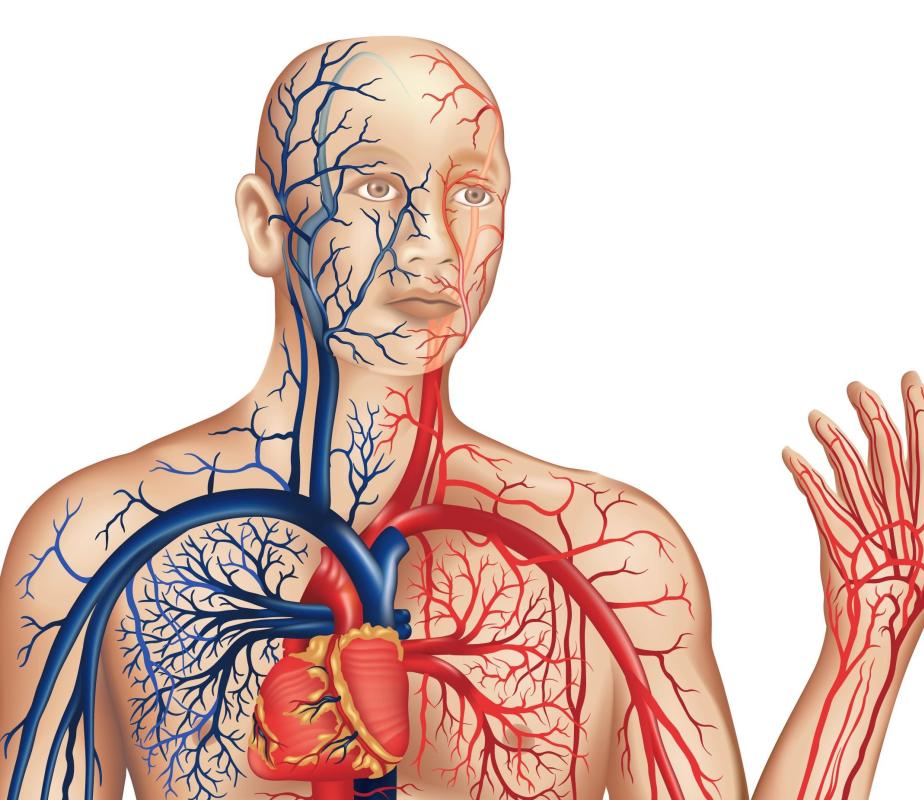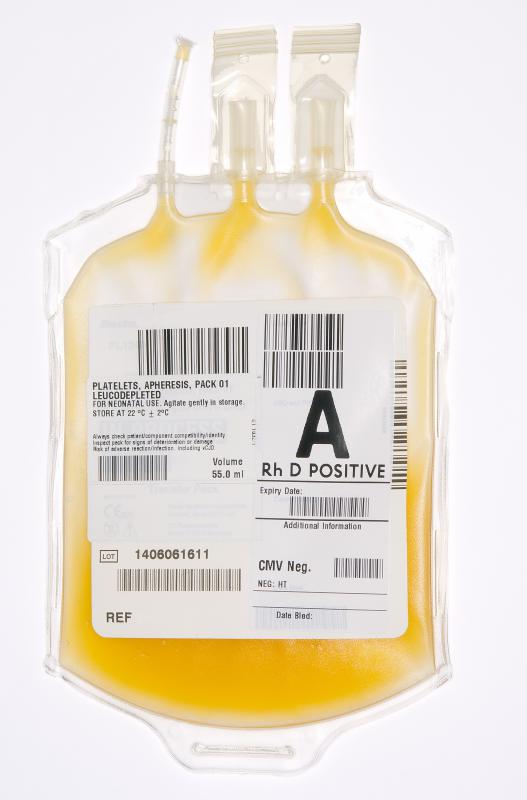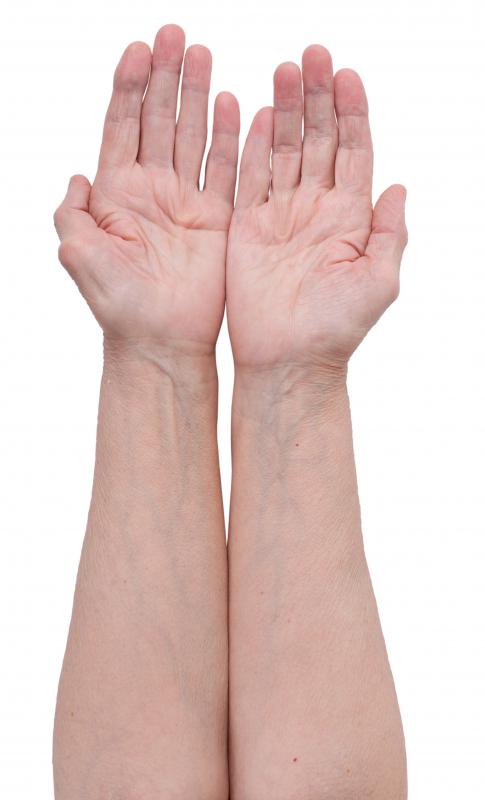At TheHealthBoard, we're committed to delivering accurate, trustworthy information. Our expert-authored content is rigorously fact-checked and sourced from credible authorities. Discover how we uphold the highest standards in providing you with reliable knowledge.
What are the Parts of the Circulatory System?
The circulatory system is the system of the human body that is responsible for delivering oxygen, nutrients, and disease-fighting cells to the body’s organs and tissues. Parts of the circulatory system include the cardiovascular system, which consists of the heart, lungs, blood vessels, and blood, as well as the lymphatic system, made up of the lymph vessels, nodes, and lymph itself. The cardiovascular system brings oxygen and glucose to the body’s tissues via the blood and distributes white blood cells, which defend against disease. The lymphatic system produces and transports additional immune cells. The cardiovascular system is known as a closed system, meaning that the blood it carries is re-circulated, while the lymphatic system is open, meaning the lymph, the clear fluid within, is able to exit its complex of vessels and enter the cardiovascular system.
Within the cardiovascular system are several important parts of the circulatory system. They include two major organs, the heart and lungs. Also part of this system is a network of arteries, which carry oxygenated blood away from the heart, and veins, which bring deoxygenated blood back to the heart to receive more oxygen in the lungs. Blood itself is also part of the cardiovascular system.

Blood is the fluid that transports the disease-fighting white blood cells, the oxygen-supplying red blood cells, and the fuel-replenishing electrolytes to the body’s various tissues. There are two systems for circulating blood. During pulmonary circulation, the deoxygenated blood that has been returned to the heart is pumped into the lungs, where it receives more oxygen, and is then pumped back into the heart to be distributed throughout the body. Systemic circulation is the process by which the arteries take this blood away from the heart and deliver it to the body, only for the blood to be returned by the veins to receive a new supply of oxygen.

The very reason these parts of the circulatory system exist is to distribute the components contained in blood. Oxygen is essential in that it provides some of the energy required during cell metabolism. Nutrients like glucose fuel the brain as well as the muscles, while amino acids found in protein repair the muscles and other tissues. They keep the body running. Electrolytes like sodium make muscle contractions and therefore movement possible. Leukocytes, or white blood cells, rush to wherever they are needed to fight off infection.

Other key parts of the circulatory system are the components of the lymphatic system. The lymph vessels transport lymph, a clear fluid that filters infectious material from the body. They also drain plasma, which is carried from the blood to tissues where it is needed to fight infection, back into the blood stream. In the lymph nodes the lymphocytes, a kind of white blood cell, congregate when the immune system is in the process of attacking a virus or other infection.

The lymph itself is the name for fluid traveling within the lymphatic system. It contains plasma, water, nutrients, and cell waste products, and can build up in body tissues, causing edema or swelling. Lymph is one of those parts of the circulatory system that is able to drain this excess fluid and its accompanying waste products out the tissues, where it can be taken by the blood to the various organs that remove it from the body.
AS FEATURED ON:
AS FEATURED ON:


















Discussion Comments
@Glasis - Unfortunately with such a complicated system it has many parts that need to work in unison that can get a monkey wrench thrown into it.
Whether you smoke cigarettes, breath in some toxic fumes or get cancer due to genetics your whole system can be tripped up.
It is a great example of evolution though.
If you think about it, from the time you are born until now this system has been running nonstop. It has periods were it is moving slower, like when you are sleeping, but it still moves on.
Your body is constantly taking in air and cycling that into the various parts of the body.
In the meantime there are any number of bacteria and viruses that are being filtered out at the same time.
All the time working non stop 24 hours a day.
Post your comments